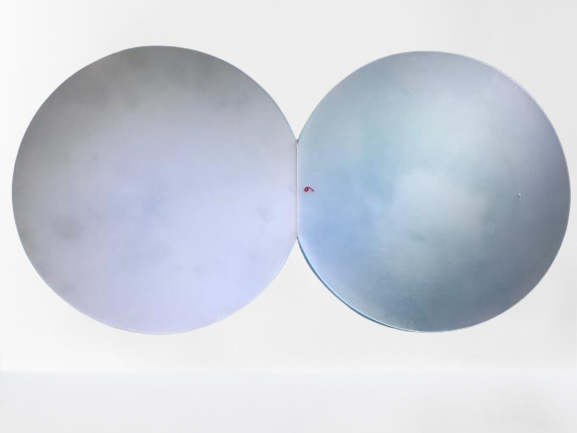N Type doping
N Type doping: We offer a range of N-type wafers with phosphorus/antimony/arsenic doping, with diameters between 50mm and 300mm.

N Type doping
Free Standing gan Wafer | Single Crystal Substrates
Si Doped Undoped Laser Device Gallium Nitride Wafer
300mm Gan Wafer | Gallium Nitride Wafer For Power Micro LED
8 Inch 12 Inch 6Inch gan Wafer
2 Inch 4 Inch GaN Wafer | Gallium Nitride Wafer
4inch 6inch GaN-ON-SiC EPI layer
N Type doping
N Type doping:
purchase of a Sapphire Wafer
Because sapphire is one of the most expensive materials used in optical equipment, purchasing a sapphire wafer is crucial. The substance is employed in a wide range of products, such as lasers, optical systems, and camera lenses. Additionally, it is the most typical kind of glass used in the optical sector. Crystals and crystallites make up the majority of the substance. The material for the glass is made from crystallites, while the waveplates that make up the lenses are made from crystals. Investing in a sapphire wafer can give your optical equipment the greatest performance possible.
Sapphire C-plane
The anisotropy of sapphire in dynamic and static states has been the subject of numerous research. Some of them have concentrated on the impact that rake angles have on sapphire’s elastic-plastic deformation. Nanoindentation and sapphire indentation have been the subject of several investigations. However, there aren’t many studies that specifically address sapphire’s anisotropy in a dynamic condition.
Nanoindentation is one of the most crucial techniques for examining mechanical characteristics at the nanoscale. This technique is used to look into sapphire’s spherical distortion. It is also one of the most trustworthy ways to investigate nanoscale machining.
A monocrystalline diamond tip is used in the nanoindentation technique to measure various properties. The major parameters that are measured are the resultant force and the particular scratch energy. These features are based on the direction of the scratch and the symmetry of the ensuing force. It was discovered that the particular scratch energy was six-fold symmetric.
N Type doping
Then, heat treatment was applied to a nanofaceted m-plane sapphire substrate.
As research objects, four crystal planes were selected. Characterization of the A, C, M, and R planes was done. For each of the four crystal planes, the material removal rate was computed, and the results were compared. The C-plane sapphire’s rate of material loss was nearly twice as quick as that of the other crystal planes. However, as the processing time lengthened, the rate of C-plane material removal slowed.
artificial sapphire
Synthetic sapphire wafer is a vital substrate for the creation of LEDs due to its optical, mechanical, and thermal qualities. The substance is robust, temperature stable, scratch resistant, chemically inert, and inert. It is extensively utilized in semiconductor circuits, lighting systems, and displays. Its demand in the LED sector is rising as a result of rising demand for colorless sapphire wafers. Furthermore, the market is being stimulated by the availability of inexpensive synthetic sapphire.
N Type doping
Synthetic sapphire is employed in a multitude of industries in addition to being colorless due to its mechanical and chemical characteristics. In fact, engineers working in challenging environments are increasingly choosing it as their material of choice.
The substrate for LEDs, displays, and lighting systems is a synthetic sapphire wafer. It has an exceptionally pure surface with excellent thermal conductivity. Additionally, it possesses superior electrical insulating qualities. In the upcoming years, it is anticipated that the market for synthetic sapphire would expand greatly because to the growing demand for consumer electronics.
It is utilized in optical windows, lithium-ion batteries, and LED lighting systems, among other things. Additionally, it is utilized to create synthetic gemstones. Additionally, ceramic cathodic separator sheets are coated with it.
At very high temperatures, modern heat treatment methods are used. These techniques deliver striking outcomes. In the following three years, it is predicted that the demand for HPA will rise by a factor of more than two. Additionally, the development of LED technology will propel the HPA market globally.
Waveplates :N Type doping
Optical wave plates are flat, light-transmitting components. Size, shape, and hardness of these waveplates can all be created to customer specifications. These waveplates can be configured as “A” plane, air gap, or air gap with antireflection coating. These waveplates can also have antireflective coating on both sides. High power lasers can use these wave plates.